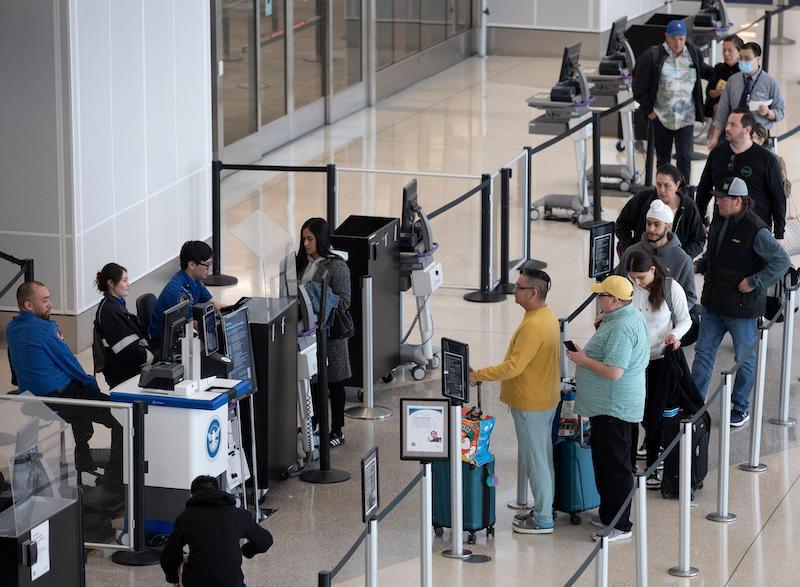
Credit: Xinhua/Alamy Stock Photo
Hawaii has become the latest U.S. state in which domestic passengers can use digital identification (ID) cards, including digital driver’s licenses, to move through a Transportation Security Administration (TSA) screening checkpoint. Hawaii has started allowing residents to add a driver’s license or...
Subscription Required
TSA Expanding Digital ID Acceptance At Select Screening Checkpoints is published in Aviation Daily, an Aviation Week Intelligence Network (AWIN) Market Briefing and is included with your AWIN membership.
Already a member of AWIN or subscribe to Aviation Daily through your company? Login with your existing email and password
Not a member? Learn how to access the market intelligence and data you need to stay abreast of what's happening in the air transport community.





